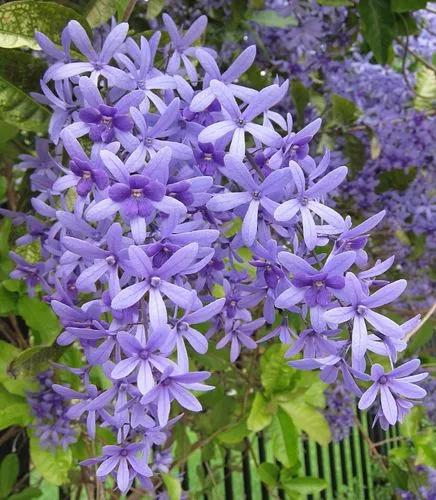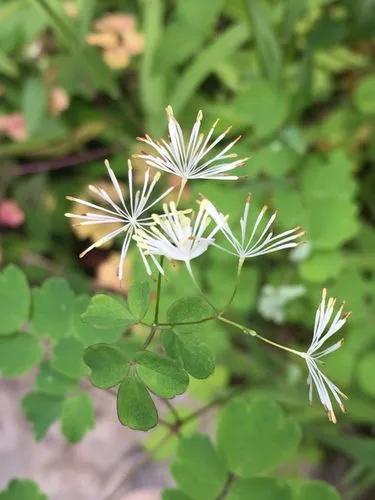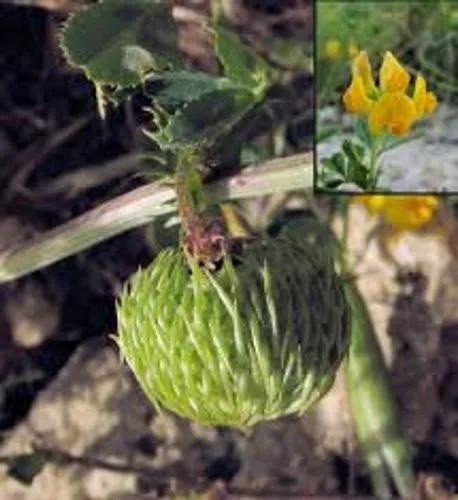You might have already heard about String of Pearls and String of Hearts, which are some of the more popular “string” plants. Now, the very similar-looking String of Bananas does not shy away, and it puts on a show of tiny banana-shaped leaves that grow in a generous bush. This is a trailing succulent, so it will definitely mark a green spot in your house or vertical garden.
String of bananas Care
Senecio radicans



The first names that this plant achieved were Senecio radicans and Curio radicans, but the shape of its leaves gave it this more common name, string of bananas. Its origins lie in the Southern part of Africa, and, with proper care, it blooms in tiny little white or yellow flowers. The plumpy leaves store the water efficiently, so the plant is more resistant than other “string” plants, making it easy to grow and propagate.
How to Care for the Plant

Water

Don’t water the plant in excess. On the contrary, wait for the soil to be almost or completely dry before watering again. You can test this with a little wooden stick. If you insert it and it comes out wet, you should give it a little more time before watering again. As with many succulents, the plant is usually killed by too much watering. Save the water for more tropical plants. Try to water it bottom-up instead of the other way around.

Pruning

This plant needs little to no pruning, except after its flowers start to fade. Cut the flowers completely and allow the plant to rest. New ones will soon bloom next spring. You can prune it to adjust its size if you prefer shorter vines, but overall, the plant does very well by itself.

Fertilizer

Fertilize every two weeks in growing months using organic fertilizer. String of Bananas does not require a lot of fertilizer overall, but using it can improve the leaves’ growth and facilitate blooming. Reduce the fertilizer to half the indicated dose for best use.

Sunlight

Senecio radicans requires a lot of sun to grow. If planted in the garden, put it under taller plants, so they give the vine a little shade. When kept indoors, consider using growth lightning if you can’t keep the plant in the sun for at least 5 hours a day. In case you decide to move an indoor plant outdoors, adjust sun exposure gradually so the plant does not get burnt by the sun outdoors.

Soil

Use pre-mixed succulent soil or cactus soil, so you prevent it from holding in too much water. If you don’t have these types of soil on hand, you can mix potting soil with perlite and sand, so you assure good drainage.

Propagation

String of Bananas is easy to propagate with cuttings. Cut two inches (5cm) of a healthy vine over the stem, and prune the end leaves. Then, let the cuttings air dry and plant them in mixed soil. You can also leave the cuttings on the soil surface; it will grow roots in approximately two weeks. Make sure you keep it out of direct sunlight during this period.

Temperature

The main thing to consider when it comes to temperature is that String of Bananas dies easily in cold climates. With an indoor plant, a normal house temperature should be enough, as long as you don’t place it next to windows or spots where cold air can reach it. If you keep your plant outdoors, it is better to bring it inside if the temperature in your area drops below 30ºF (-1 °C). Temperature difference from day to night can improve the plant’s growing cycle, with an outdoor nighttime temperature of 50-55⁰F (10-13⁰C) and indoor night temperatures of 60-65⁰F(15-18⁰C).
Keep it away from air coolers, air conditioners or heating units to maintain proper humidity.
Container

If you choose to grow your plant indoors, in a container, choose one that has drainage holes because this plant, like other succulents, does not like being in watery soil. You can also grow it directly in the soil in the garden, although it is not so common.

Fun fact

The flowers of this plant have a sweet and spicy smell that will remind you of puffy cinnamon rolls and cozy fall days.

Popularity

3,444 people already have this plant 986 people have added this plant to their wishlists
Discover more plants with the list below
Popular articles






